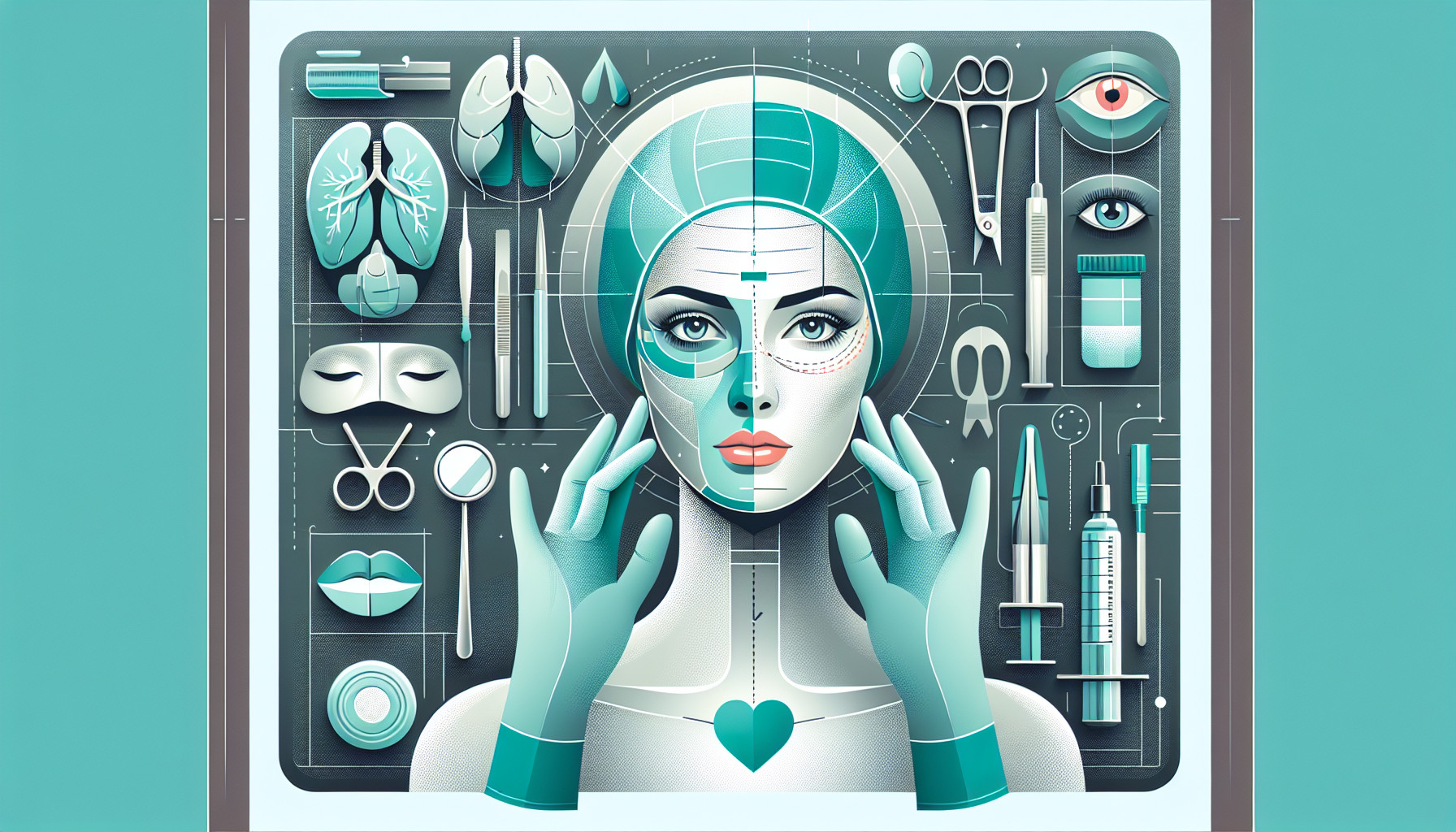Our Summary
This research paper is about a surgical procedure called lower eyelid blepharoplasty, which aims to make the lower eyelid look younger while still looking natural. The success of this surgery depends on understanding the structure of the eye, the correct surgical techniques, precise evaluation before the surgery, and meticulous attention to detail.
There are common problems associated with the lower eyelid, like sagging cheekbones, tear trough deformity (a groove between the lower eyelid and the cheek), pseudoherniated fat (fat protruding from the lower eyelid), loose eyelid, changes in skin texture, as well as excessive skin (dermatochalasis) and puffy bags under the eyes (festoons).
The paper also discusses specific techniques to address these issues such as making incisions through the skin or the conjunctiva (the thin lining of the inside of the eyelids), removing or repositioning fat, tightening the muscle around the eye, tightening the corner of the eye, lifting the cheekbone, and removing or resurfacing the skin.
FAQs
- What is the goal of lower eyelid blepharoplasty?
- What are the common issues that lower eyelid blepharoplasty addresses?
- What are some specific techniques used in lower eyelid blepharoplasty?
Doctor’s Tip
A helpful tip a doctor might tell a patient about blepharoplasty is to follow all post-operative instructions carefully, including keeping the surgical area clean, avoiding strenuous activities, and attending follow-up appointments as scheduled. This will help ensure proper healing and optimal results. Additionally, it is important to communicate any concerns or changes in symptoms to your doctor promptly.
Suitable For
Patients who are typically recommended for blepharoplasty are those who have concerns with the appearance of their lower eyelids, such as malar descent, tear trough deformity, pseudoherniated fat, lid laxity, and skin texture changes. These patients may also have dermatochalasis and festoons that they wish to address. Blepharoplasty can help to rejuvenate the lower lid and achieve a more youthful and refreshed appearance. Successful outcomes depend on accurate preoperative analysis, knowledge of anatomy and surgical techniques, and attention to detail during the procedure. Specific techniques may be used to address the individual concerns of each patient, such as fat excision, fat transposition, orbicularis suspension, and skin excision/resurfacing.
Timeline
Before Lower Eyelid Blepharoplasty:
- Patient meets with a plastic surgeon for a consultation to discuss their concerns and goals for the procedure.
- Surgeon evaluates the patient’s lower eyelid anatomy and discusses the potential techniques that may be used during the surgery.
- Preoperative testing may be required to ensure the patient is a good candidate for surgery.
- Patient receives instructions on how to prepare for the surgery, including avoiding certain medications and foods.
- Surgery date is scheduled and patient is given information on what to expect during and after the procedure.
After Lower Eyelid Blepharoplasty:
- Patient undergoes the surgery, which typically lasts 1-2 hours and is performed under local anesthesia with sedation or general anesthesia.
- Patient may experience some swelling, bruising, and discomfort following the surgery, which can be managed with pain medication and cold compresses.
- Follow-up appointments are scheduled with the surgeon to monitor the healing process and address any concerns.
- Swelling and bruising gradually improve over the following weeks, with final results becoming apparent after several months.
- Patient can expect a more youthful and refreshed appearance in the lower eyelids, with improved contour and reduced signs of aging.
Overall, the timeline for a patient before and after lower eyelid blepharoplasty involves careful evaluation, preparation, surgery, and recovery to achieve the desired results. It is important for patients to follow their surgeon’s instructions and attend all follow-up appointments to ensure a successful outcome.
What to Ask Your Doctor
Some questions a patient should ask their doctor about blepharoplasty include:
- What are the potential risks and complications associated with lower eyelid blepharoplasty?
- What type of anesthesia will be used during the procedure?
- How long is the recovery process and what can I expect in terms of downtime?
- Will there be any visible scarring after the surgery?
- How long will the results of the blepharoplasty last?
- Will I need to follow any specific post-operative care instructions?
- Can you show me before and after photos of previous patients who have undergone lower eyelid blepharoplasty?
- How many lower eyelid blepharoplasty procedures have you performed in the past?
- What is your approach to achieving a natural, unoperated appearance with lower eyelid blepharoplasty?
- Are there any alternative treatments or procedures that may be more suitable for my specific concerns?
Reference
Authors: Branham GH. Journal: Facial Plast Surg Clin North Am. 2016 May;24(2):129-38. doi: 10.1016/j.fsc.2015.12.004. PMID: 27105798
